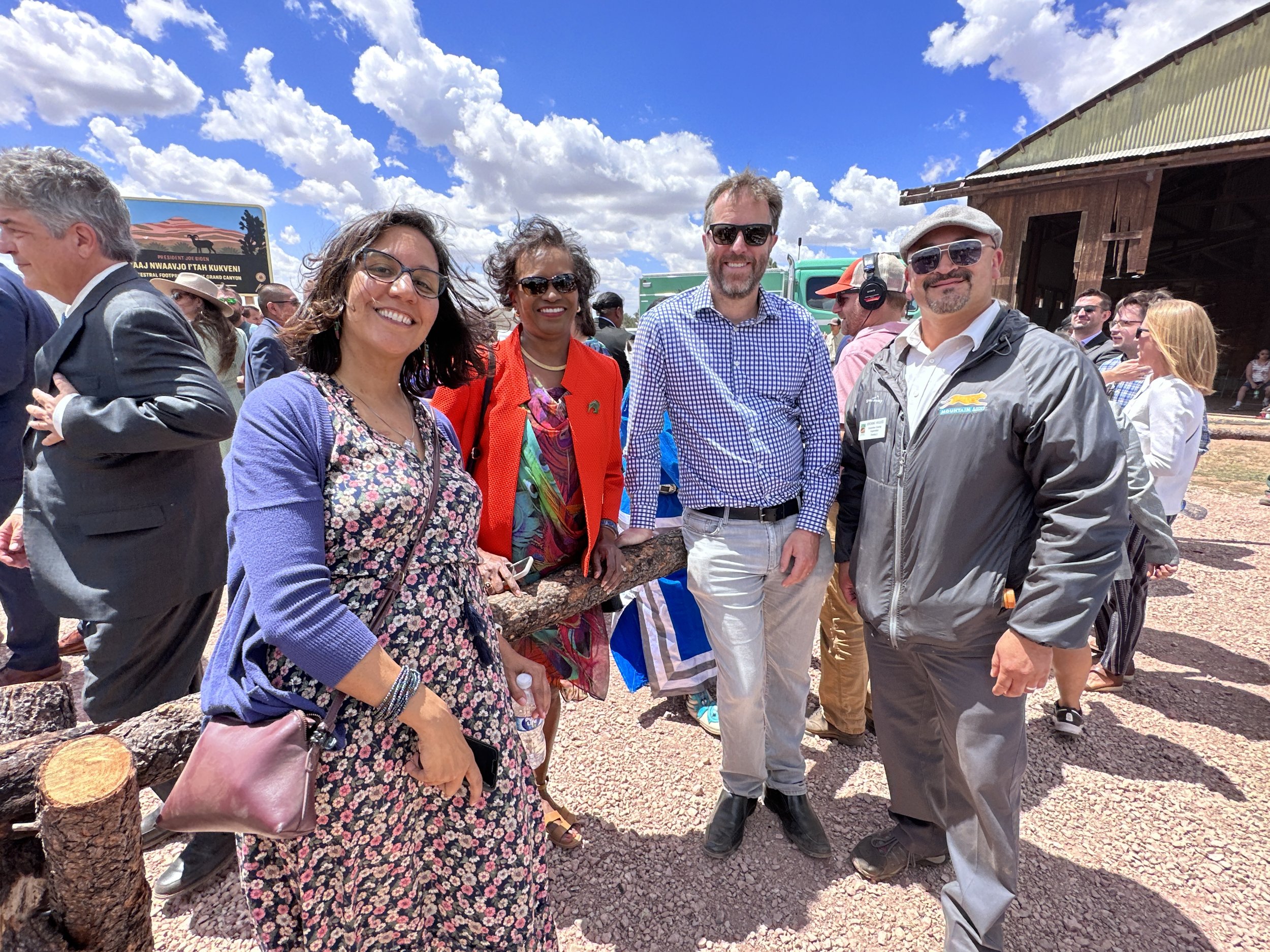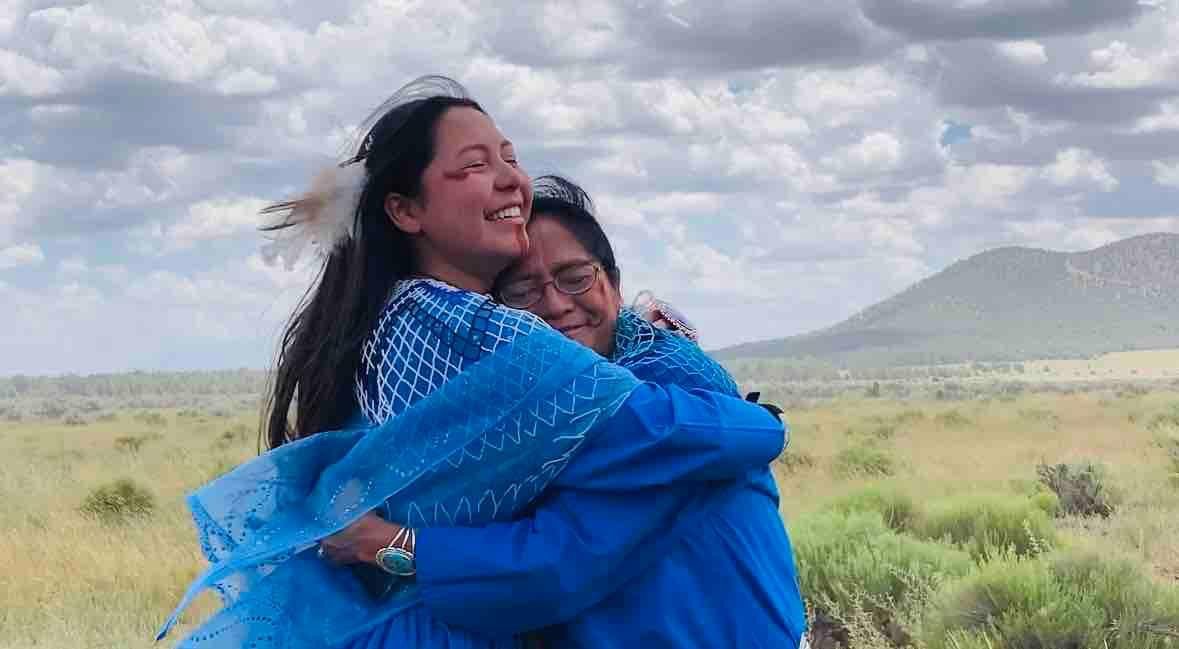The Baaj Nwaavjo I’Tah Kukveni – Ancestral Footprints of the Grand Canyon National Monument Will Safeguard an Irreplaceable Landscape, Honor Tribes, and Protect a Vital Watershed
After 15 years of advocacy from Tribes, local communities, and a diverse group of organizations to permanently protect the area around the Grand Canyon National Park from uranium mining, President Biden designated the Baaj Nwaavjo I’tah Kukveni – Ancestral Footprints of the Grand Canyon National Monument, protecting nearly one million acres of public lands surrounding this awe-inspiring natural wonder.
“We applaud President Biden for listening to the Tribal Coalition and the overwhelming support of the community and for using his authority granted under the Antiquities Act to protect the Grand Canyon watershed from uranium mining,” said Camilla Simon, executive director of Hispanics Enjoying Camping, Hunting, and the Outdoors (HECHO). “With unparalleled cultural, historical, ecological, recreational, and economic value, this designation honors the ancestral homelands of the original stewards, the Tribes, ensures that generations to come can enjoy all the recreational activities this unique landscape offers, and safeguards vital water supplies for wildlife and people in the region.”
Past uranium-mining activities have had a serious toll across the Colorado Plateau, especially on Native American lands. In 2008, several U.S. and tribal government agencies identified 29 water sources with uranium levels that exceeded safe drinking water standards in the Navajo Nation.
“The Colorado River runs 277 miles through Grand Canyon National Park, and uranium mining around this precious area was a threat to this critical water source for millions of people,” said Simon.
A new poll shows that Arizona voters across the political spectrum- 89% Democrats, 73% Independents, and 65% Republicans- strongly support this designation.
"As an Arizonan and elected official, I am thrilled with the long overdue designation of the Baaj Nwaavjo I’tah Kukveni – Ancestral Footprints of the Grand Canyon National Monument. Tourism to the Grand Canyon and outdoor recreational activities in the area, including hiking, camping, hunting, and rafting, are major economic drivers for Coconino County," said Jerónimo Vasquez, Coconino County Supervisor representing District 2. Supervisor Vasquez also is a member of the HECHO Hispanic Conservation Leadership Council. Communities across Coconino County all depend on tourism to the Grand Canyon. Many jobs are in the service sector, with a high percentage of Latino workers. The designation of the National Monument has been a long-time priority for the Board of Supervisors, and I would like to thank all of those before me who have worked to move this forward.”
“It’s a place that bonds people across cultures and backgrounds. The Grand Canyon is special to me as a Latina daughter of immigrants with an Indigenous background. Not only because of my culture’s spiritual and religious connection to nature but because it was where my family went for vacation and where I still enjoy hiking and camping,” said Adriana Garcia Maximiliano, HECHO Hispanic Conservation Leadership Council member.
HECHO looks forward to seeing these greater protections being put in place for the benefit of the people, the wildlife, and the environment.




